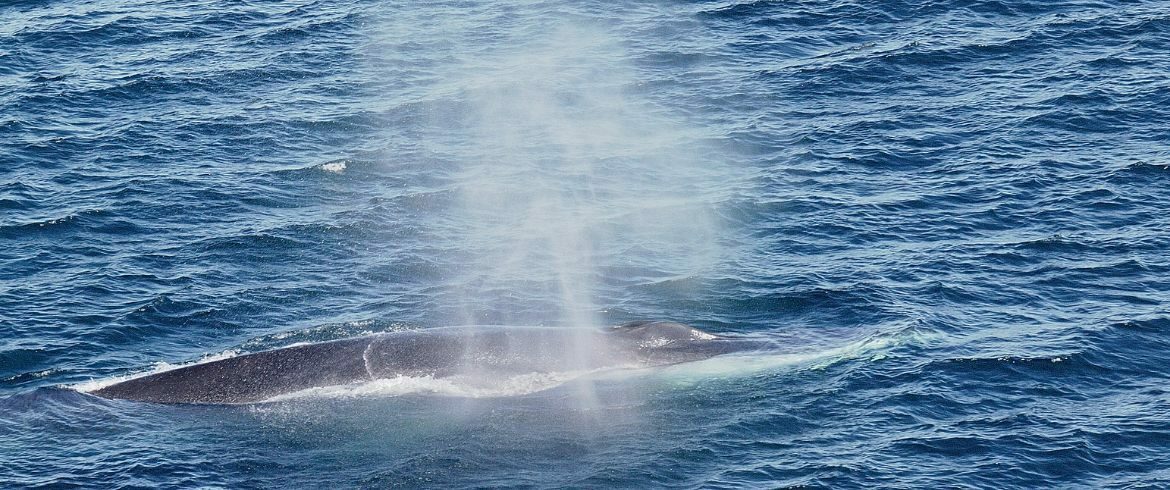Have you ever dreamed of seeing a whale up close or watching a dolphin leap through the waves? The Pelagos Cetacean Sanctuary is a unique marine refuge where you can connect with the extraordinary creatures of the sea.
Liguria, with its picturesque coasts, is an Italian region rich in natural and cultural beauty. However, among its most precious gems, there is a place that attracts nature lovers from around the world: the Pelagos Cetacean Sanctuary. This marine refuge, located in the Ligurian Sea between Genoa, Imperia, and France, is a protected area that offers a safe environment for some of the most extraordinary and mysterious creatures of the sea. In this article, we will explore the wonders of the Pelagos Cetacean Sanctuary in Liguria, a true treasure trove of biodiversity.
The Richness of the Cetacean Sanctuary
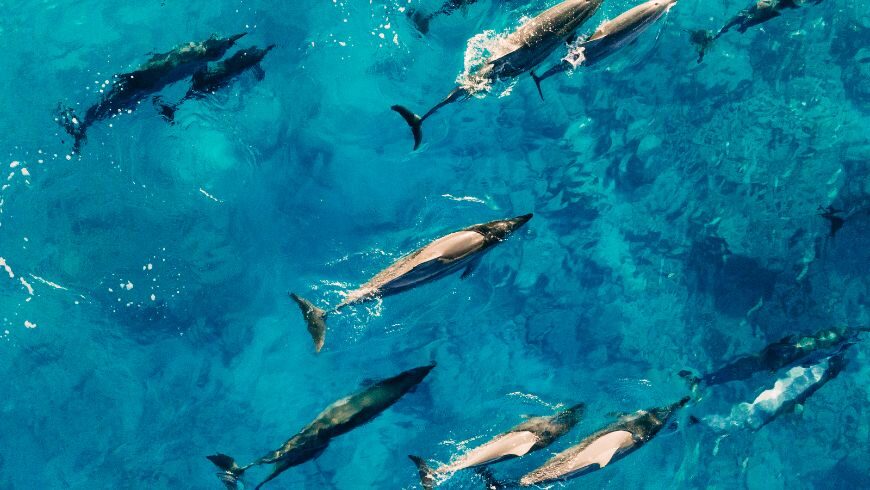
What are Cetaceans?
Cetaceans are a vast family of marine mammals that include whales, dolphins, and orcas. These magnificent animals have fascinated people for centuries with their social behavior, intelligence, and grace in the water. Liguria is one of the few regions in Europe where it is possible to spot various species of cetaceans in their natural habitat.
A Unique Marine Reserve
The Pelagos Sanctuary for the Protection of Mediterranean Marine Mammals is a vast protected marine area that stretches across Liguria, Tuscany, Corsica, and the French Riviera, encompassing parts of the Ligurian and Tyrrhenian Seas. This sanctuary spans nearly 90,000 square kilometers, offering a safe zone for cetaceans swimming in these waters. It is one of the few places in the world where you can see whales and dolphins in the wild.
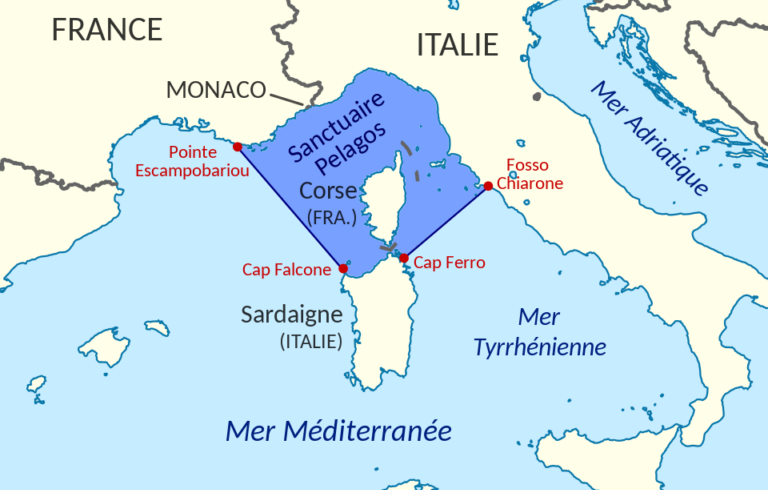
This expansive diamond-shaped marine area, covering over 2,000 km of coastline from the Ligurian shore to the French Riviera and Tuscany, is the most frequented area in the Mediterranean by marine mammals and also one of their main breeding grounds.
Established in 1999 by Italy, France, and the Principality of Monaco, this protected area is home to tens of thousands of cetaceans belonging to eight different species. This extraordinary natural heritage deserves to be known and protected.
Species in the Pelagos Cetacean Sanctuary
Common Dolphins
Common dolphins are one of the most frequently spotted species in the Cetacean Sanctuary. These dolphins are known for their distinctive light gray backs and white bellies. They are playful and curious creatures, often seen swimming near boats.
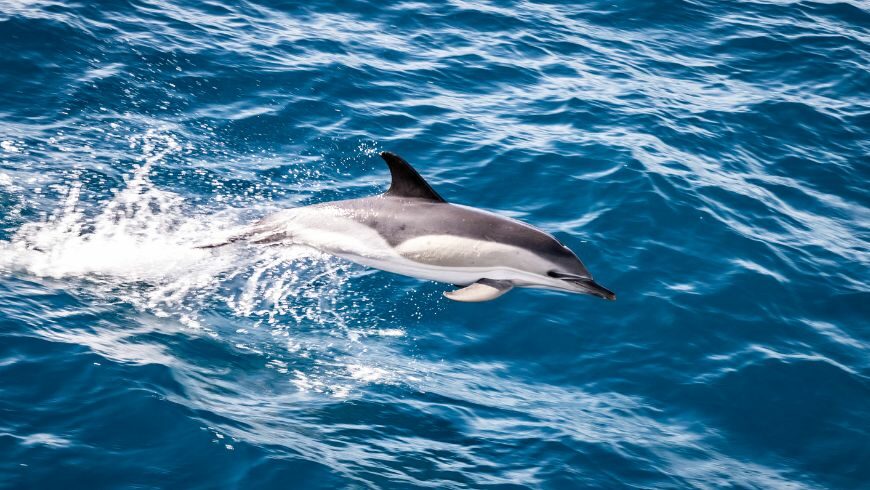
Striped Dolphins
These cetaceans, from the dolphin family, are the most widespread in the Mediterranean. During navigation, it is quite common to spot large groups of striped dolphins. With spectacular spins and aerial acrobatics on the waves behind boats, they can jump up to 7 meters and love to swim near the bow.
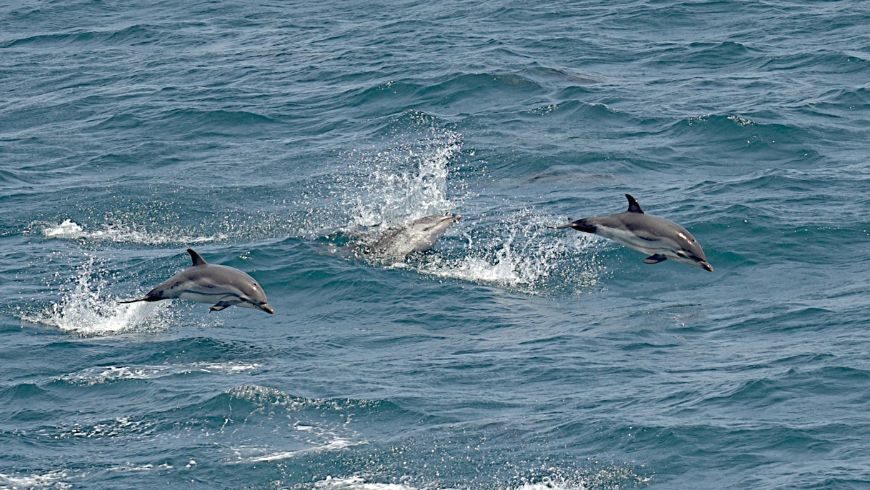
Fin Whales
Fin whales are another fascinating guest of the Pelagos Cetacean Sanctuary. The second-largest animal on earth breathes by producing a spout that can reach 7 meters. These whales are known for their social behavior and their inclination to swim near boats, making sightings a memorable experience.
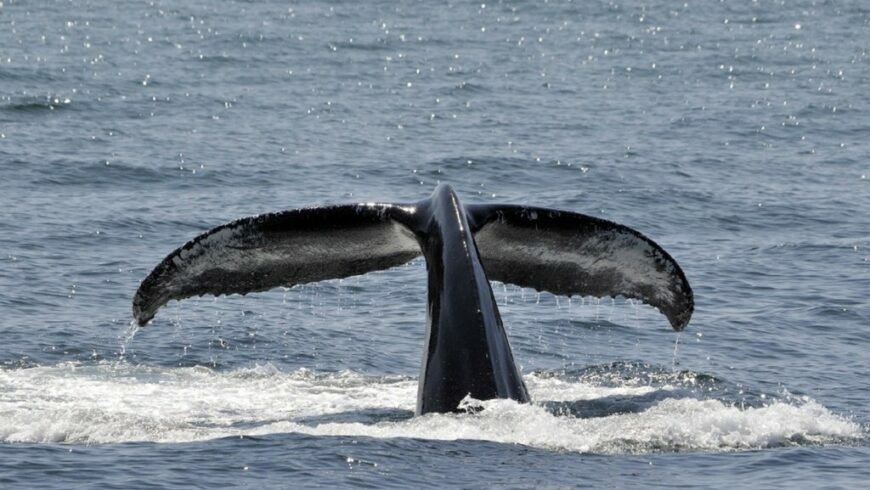
Risso’s Dolphins
These cetaceans, champions of synchronized swimming, can be seen with their tails out of the water and heads submerged, or in the opposite position. The white scars on their skin, caused by social interactions with other specimens, are easily noticeable.
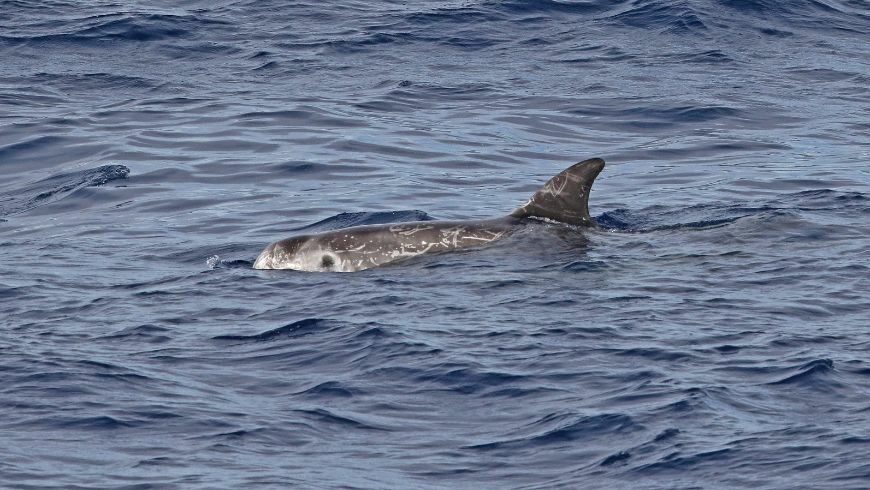
Sperm Whales
Unmistakable for their large square heads and their spout tilted at about 45 degrees, they can be spotted while breathing on the surface or, more rarely, while resting after a long dive.
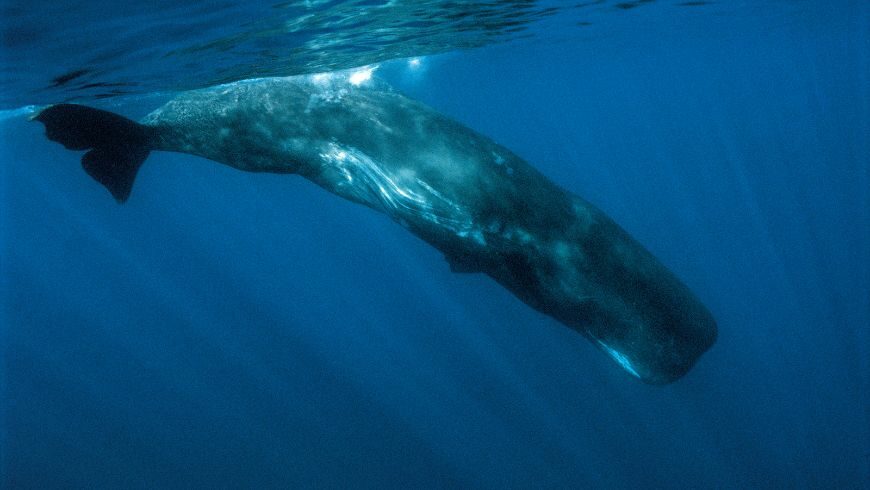
Cuvier’s Beaked Whales
Cuvier’s beaked whales are more elusive and difficult to spot, but patience can be rewarded with a unique spectacle. These cetaceans, which from a distance might resemble small whales, are beautiful to observe in their natural environment.
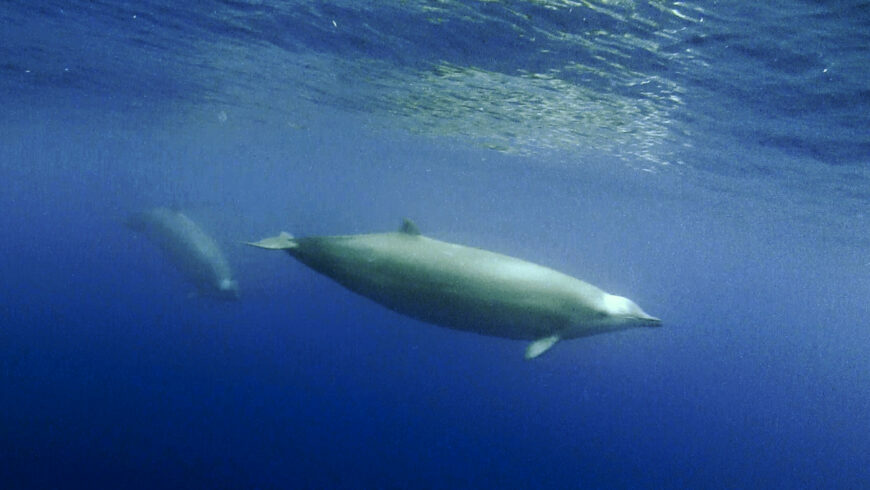
Sunfish
They are the largest bony fish in the world, reaching up to 4 meters in height, 3 meters in length, and 2 tons in weight. Thanks to their long dorsal fin, similar to that of a shark, they can be spotted on the sea’s surface.
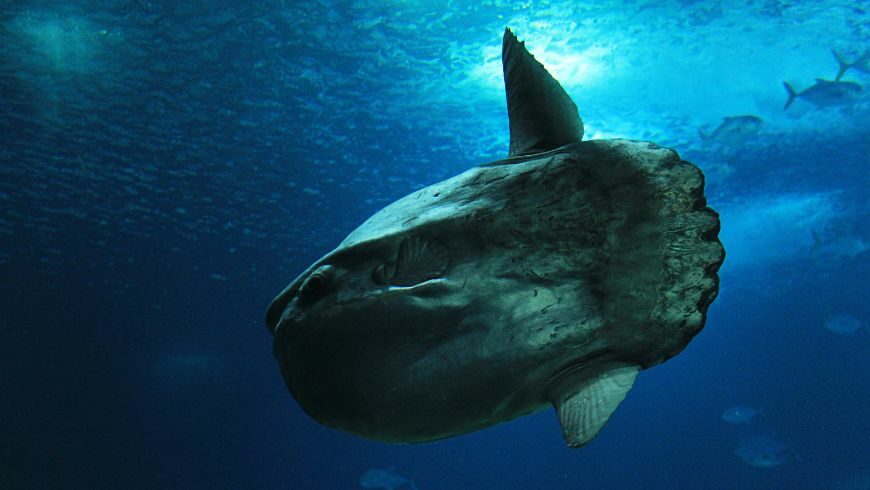
Turtles
These magnificent sea turtles, also known as loggerhead turtles, are an endangered species, and spotting them in the wild is an extraordinary experience. Encountering these majestic creatures serves as a reminder of the rich biodiversity that the Cetacean Sanctuary strives to protect, encouraging the conservation of all marine species that inhabit these waters.
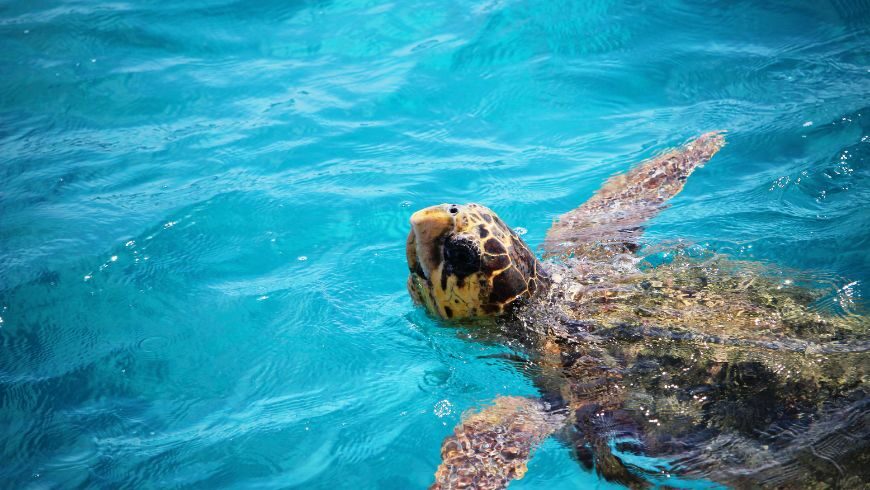
The Importance of Protection
The Pelagos Cetacean Sanctuary in Liguria is not only a unique place for cetacean sightings but also a center for research and marine biodiversity conservation. Scientists work tirelessly to study cetacean populations and protect this fragile marine ecosystem.
Threats to Marine Life
Unfortunately, cetaceans worldwide are threatened by a range of issues, including marine pollution, illegal fishing, collisions with boats, and climate change. The work done at the Pelagos Cetacean Sanctuary is therefore crucial for better understanding these threats and developing effective protection strategies.
How to Visit the Cetacean Sanctuary
For those who wish to experience the beauty of this marine sanctuary firsthand, there are many tour companies and authorized boats offering cetacean watching excursions. These tours allow visitors to learn more about the marine life in the area while strictly adhering to rules that ensure the animals are not disturbed.
During the sightings, which last about four hours, you will feel deeply connected to nature, surrounded by the sound of the waves and the scent of the sea. The thrill of observing these splendid animals swimming freely, miles away from the shore, is indescribable.
In conclusion, the Pelagos Cetacean Sanctuary in Liguria represents a unique opportunity to immerse yourself in the fascinating world of cetaceans and contribute to their protection. This marine refuge is an example of how biodiversity conservation and sustainable tourism can coexist, offering both tourists and locals the opportunity to connect with nature in an extraordinary way. The beauty of this marine sanctuary is a testament to the wonder and delicacy of marine life—a treasure to be preserved for future generations.
Info: Pelagos Sanctuary
To book an excursion:
Cover image: Photo via Canva PRO
